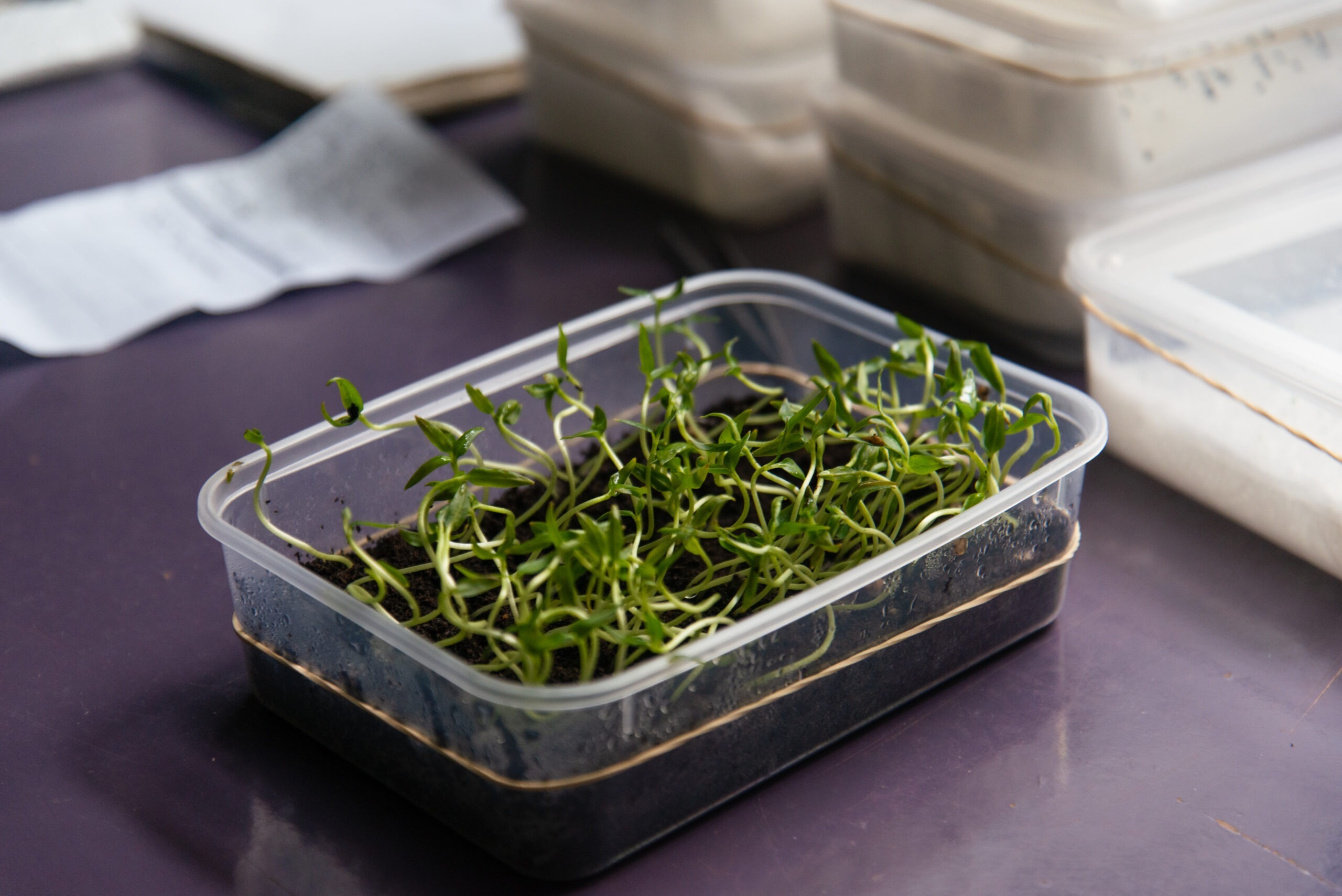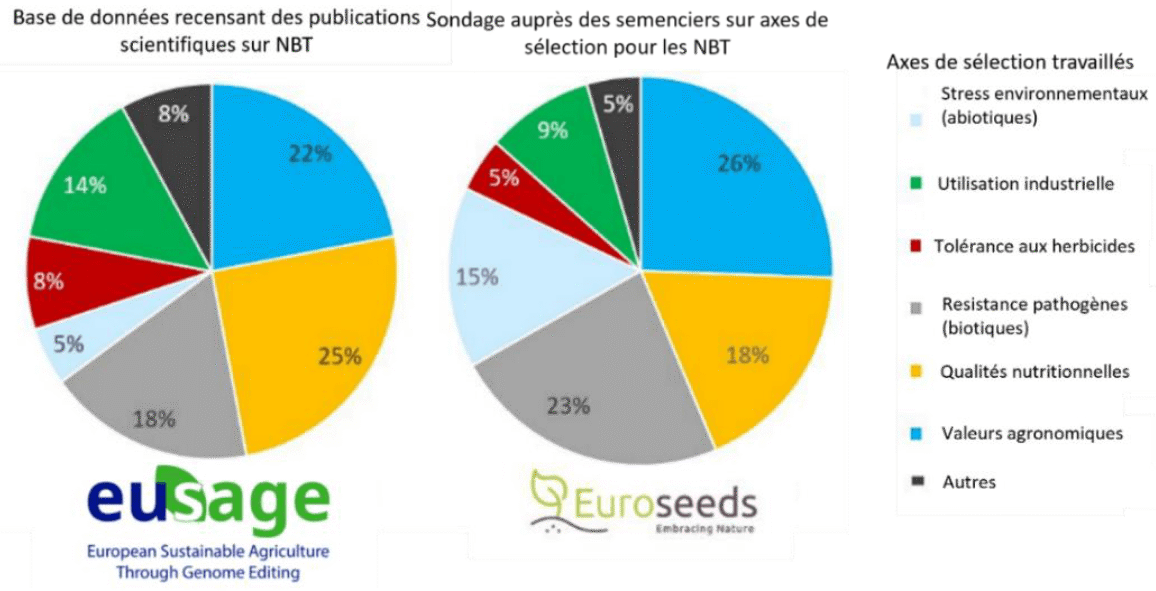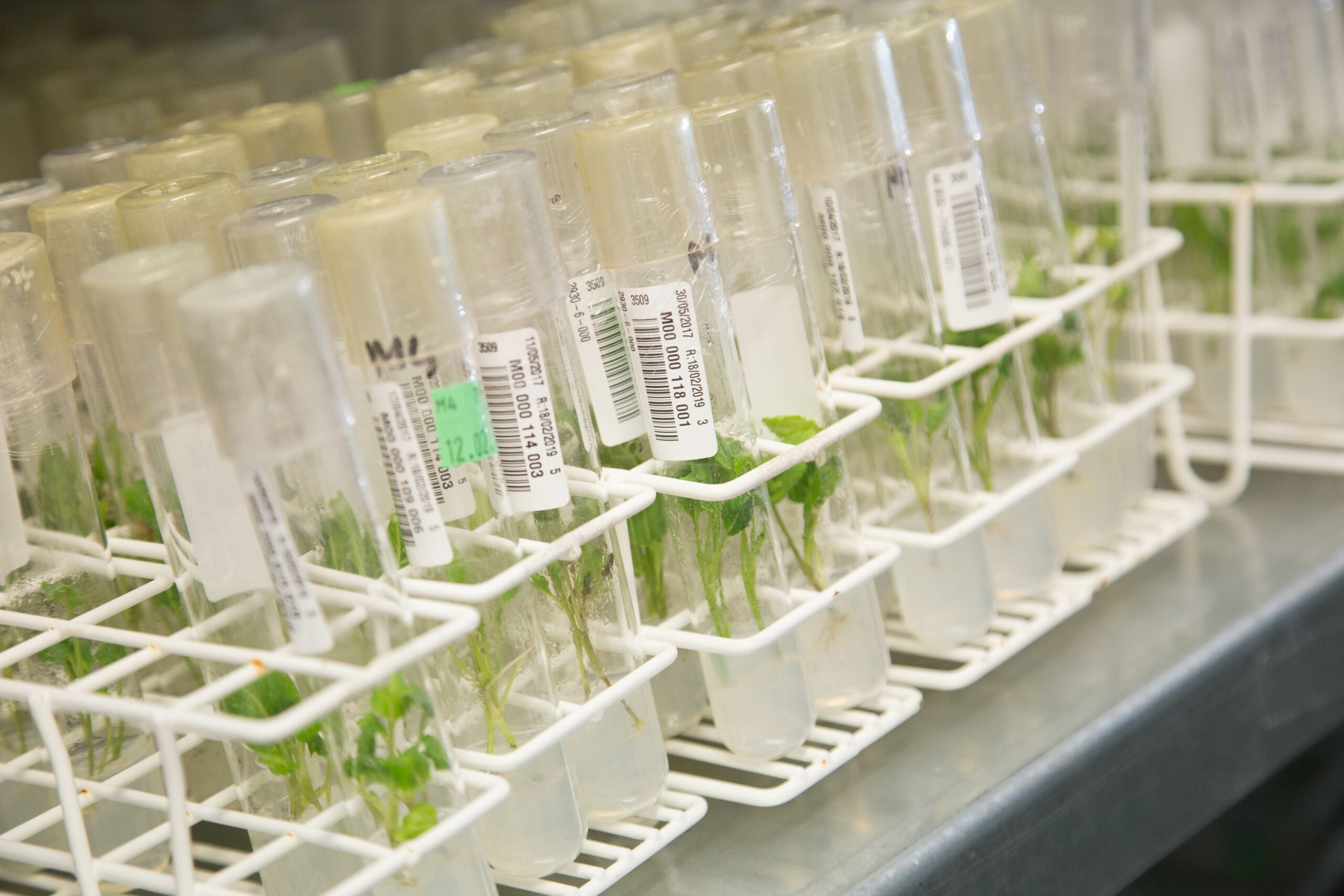Back to mapClose


 See more
See more
Research

Seed companies are innovation leaders
The seed and plant industry is a sector that invests heavily in R&D and therefore acts proactively. Every variety created responds to a need identified by the plant breeder to provide a suitable genetic solution.
11 %
Average share of company turnover reinvested in R&D each year
Why improve plants?
Plants face fluctuating and sometimes hostile environments: drought, floods, soil salinity, temperature variations, attacks by insect pests, infection by viruses, fungi, etc. They are also directly affected by the consequences of climate change, which affects their development, health, and production. Unlike animals, plants do not move, so they must find the nutrients they need to survive locally and develop strategies that allow them to avoid or tolerate environmental constraints.
Plant domestication has enabled the development of agriculture. In turn, the selection of varieties has made it possible to adapt plants to the evolving needs of farmers and to the demands of society. The ability to promote yield levels is one of the main objectives of breeding programs, but agricultural expectations are increasing and diversifying: the need to adapt to new agronomic practices, climate change, disease resistance, greater respect for the environment, improved nutritional quality, increased plant protein, meeting the needs of the agri-food sector, etc.
The stages of domestication
More than 50% of productivity gains are due to improved varieties resulting from plant breeding and it is estimated that this figure will reach up to 80% in the coming years, particularly due to the reduction in the use of plant protection products and fertilizers.

Enriching scientific knowledge for the benefit of all
The evolution of pathogens or the development of scientific knowledge mean that seed companies are constantly investing in research projects to stay at the forefront of innovation. Plant breeders may need to develop knowledge to better comprehend the molecular mechanisms responsible for certain interesting traits or to know more about the pathogens for which they wish to find a solution. This research is often carried out in collaboration with other seed companies but also within the framework of public-private partnerships to contribute to enriching scientific knowledge.
What are the benefits of research?
For example, grain maize yields were 16 q/ha in 1948, compared to 101 q/ha today thanks to genetic progress. The protein content of soybeans increased by 1.5 percentage points thanks to investments in research and the selection of new varieties between 1990 and 2016. Disease resistance has improved. In straw cereals, more than 70% of registered soft wheat varieties are resistant to fusarium wilt in 2022, compared to 70% susceptible in 2005. In 2023, the majority of registered winter barley varieties are resistant to yellow dwarf.


Support research
Plant breeding programs remain time-consuming despite rapid scientific progress. Depending on the species, it takes 7 to 12 years to get from the first crosses to the development of interesting new varieties, whether by professionals or amateurs. Investments in this field are considerable, reaching up to 24% of turnover for some crops, with an average of 11%.
This rate far exceeds the French average for R&D spending, which stands at 2.28% of GDP according to INSEE. In the face of technical and technological challenges, support measures such as the Research Tax Credit (CIR) or funding for research projects are essential. They aim to stimulate innovation to continue developing varieties that are ever more suited to needs.
3,000
Researchers in France in seed companies
Securing tax systems to support varietal innovation
Plant breeding requires sustained, long-term funding. The research tax credit helps boost research efforts and therefore benefits the agricultural and food sectors. According to a 2023 UFS survey of its members, approximately 25% of R&D expenses are financed by the CIR, regardless of the type of company. The main expenses covered are research personnel, followed by operating costs.













